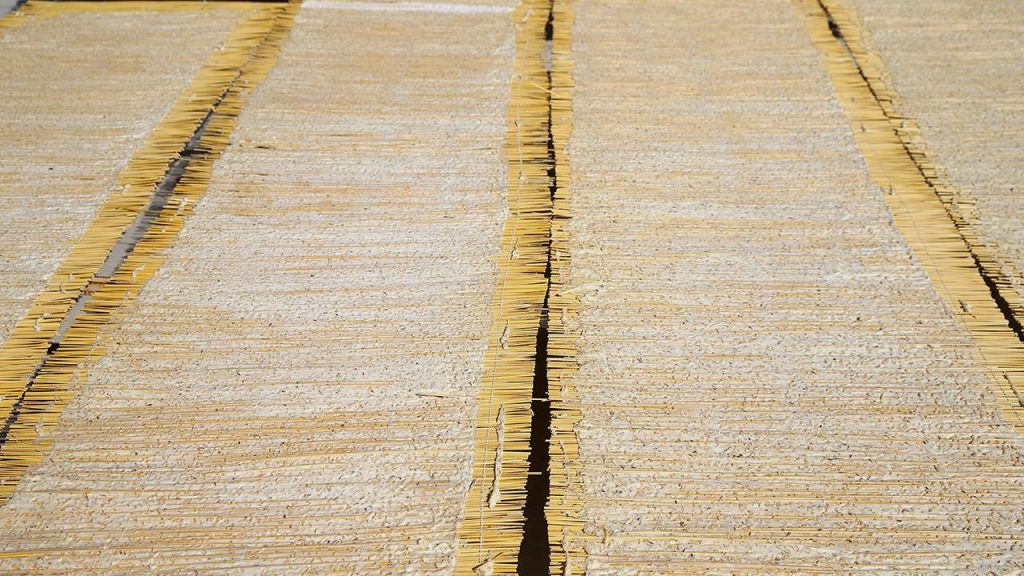The second geographical indication registered by the Ministry of Agriculture and Forestry, the “Maraş tarhana” from Kahramanmaraş, is consumed as a snack and soup in winter and as a refreshing drink in summer. Mustafa Narlı, the President of the Kahramanmaraş Commodity Exchange, stated that the region’s signature tarhana is the second most popular product in the region after ice cream. He mentioned that local products from the city are being exported to Istanbul and Ankara, then to countries like Saudi Arabia, Iran, America, Europe, and Asia. Tarhana is a preferred food item due to its satiating properties, and visitors are now taking it back with them instead of traditional ice cream gifts.
The food engineer Emine Uzun highlighted the historical journey of Maraş tarhana from the Ottoman period to the present day. The origins of tarhana can be traced back to the time of Yavuz Sultan Selim during the Ottoman Empire. Before the Egyptian campaign, Yavuz Sultan Selim asked his mother Gülbahar Hatun for a long-lasting food item for his soldiers, which led to the creation of tarhana made from a mixture of wheat and yogurt. With the presence of lactic acid bacteria from yogurt, tarhana undergoes sun drying and fermentation, making it long-lasting and rich in vitamin D. It regulates intestinal floras, serves as a protein and fiber source, and its natural composition without added fats or preservatives has contributed to its popularity both domestically and internationally.
Samet Çiftaslan, the owner of the company producing and exporting tarhana, noted that the demand for tarhana has increased post-COVID-19 as people are focusing more on healthy food options. The company exports 25% of its production to all European countries, Canada, the United States, and has a warehouse in the Netherlands for distribution across Europe. Despite the challenges posed by earthquakes affecting 11 provinces where their products were sold, causing damage to their facilities and suspension of production for three months, their annual revenue approached around 55 million Turkish Liras in 2023, up from 40 million in 2022.
Despite the setbacks caused by the earthquakes, the company managed to increase its revenue through exports. With a monthly production capacity of 2.5 tons, they have achieved significant growth in exports to approximately 14 countries. The challenges brought about by natural disasters did not hinder their commitment to providing high-quality tarhana products to their customers. The company’s resilience and dedication to maintaining their production and exports have enabled them to overcome the adversities and continue to grow their business internationally.


